 ORAU: Then & Now
Posts by Amber Davis
ORAU: Then & Now
Posts by Amber Davis
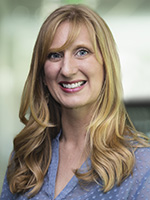
Amber Davis
Amber Davis is a professional storyteller. She cut her teeth in TV news as a general assignment reporter and further developed her communication skills as she moved into public relations and marketing communications. As an East Tennessee girl, she’s fascinated by the rich history of Oak Ridge and is eager to bring you the stories behind what’s going on at ORAU.
2025
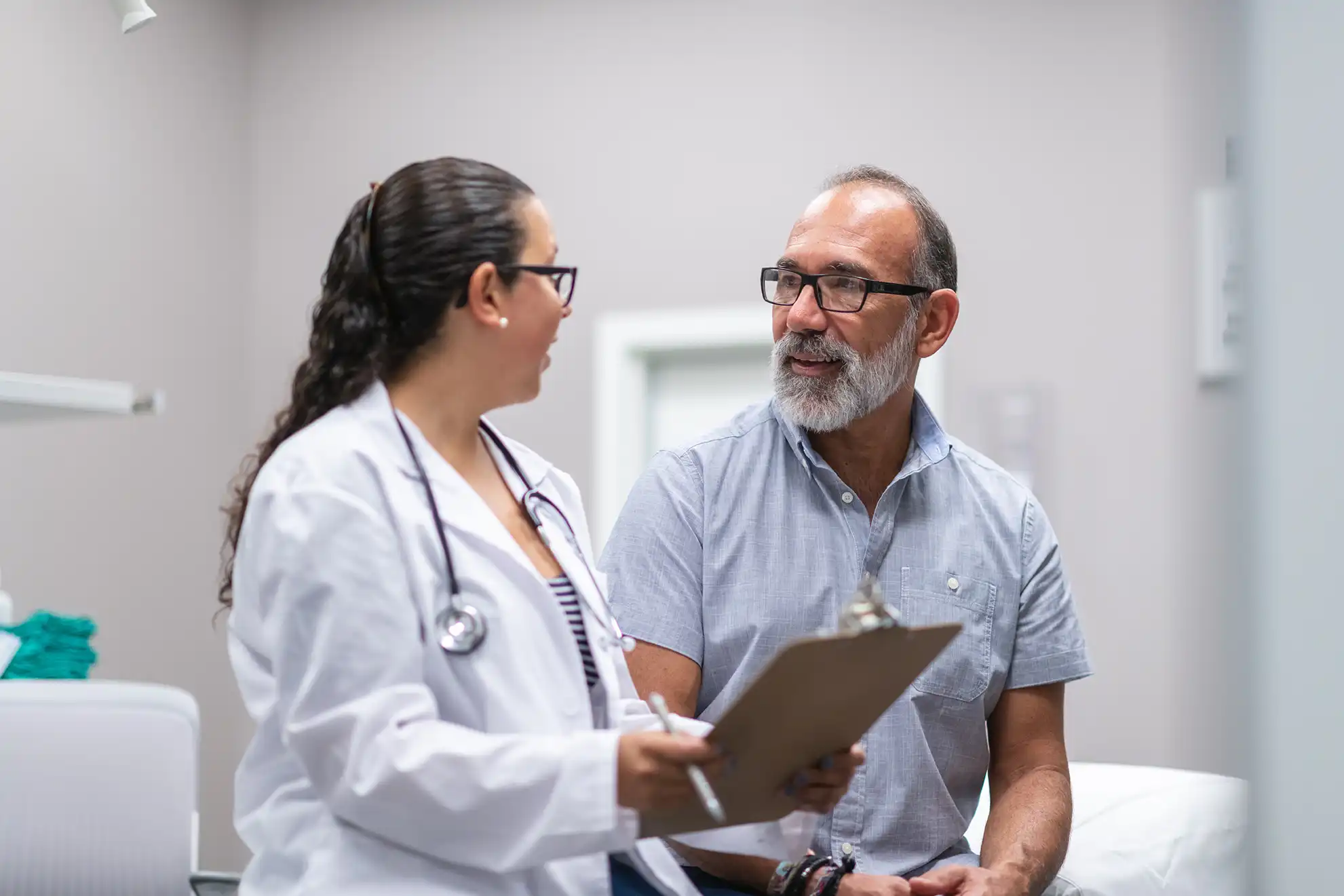
The National Supplemental Screening Program (NSSP) is an occupational health services program designed to provide free medical screening services to U.S. Department of Energy (DOE) former workers who may have been exposed to hazardous substances during their employment.
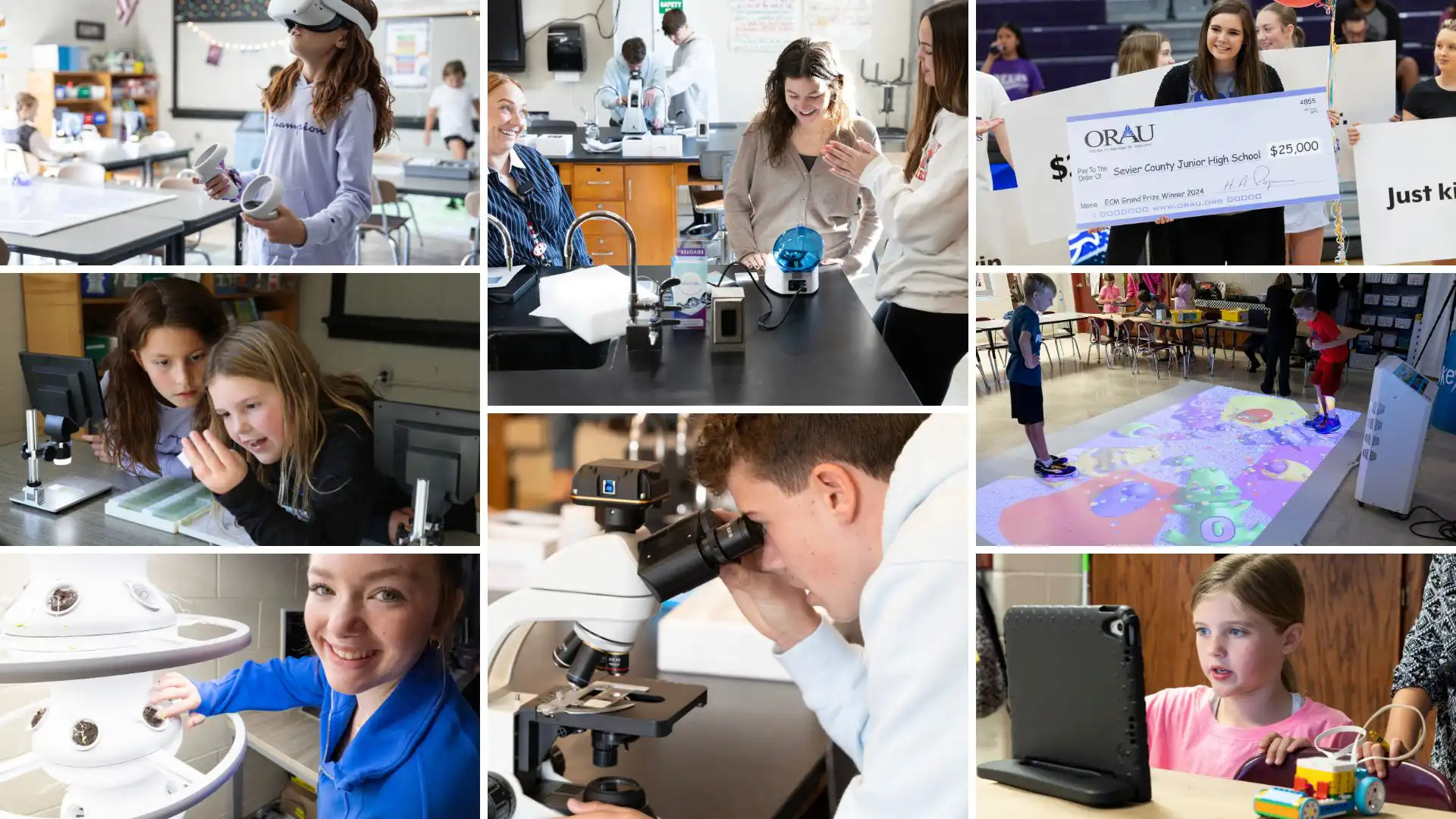
After 17 years of offering ORAU’s Extreme Classroom Makeover, we’ve learned a thing or two about what keeps teachers from going for it. Whether you’re dreaming of cutting-edge tools or a complete technological transformation, follow these tips to maximize your chances of winning.
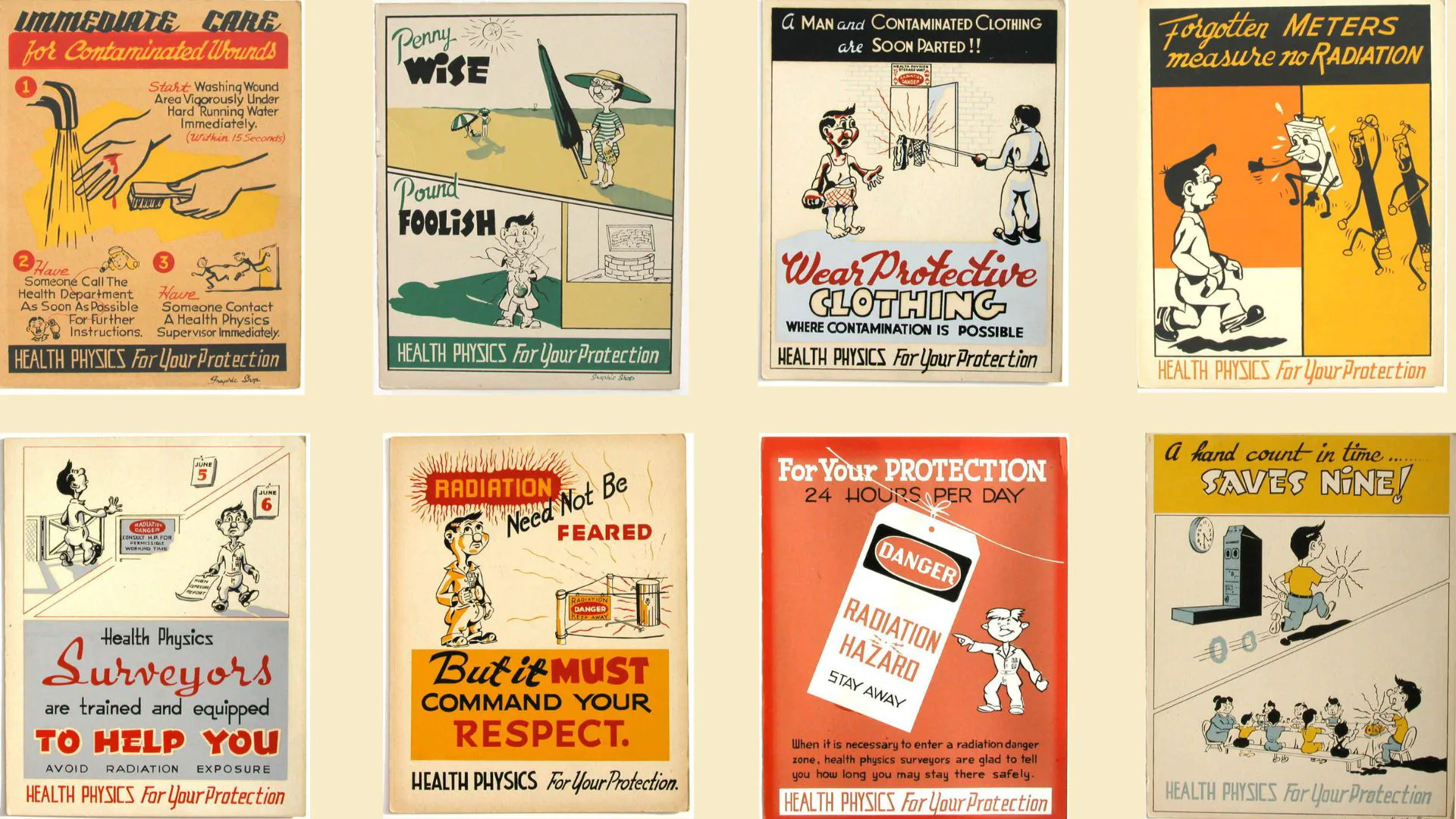
The advancement of nuclear technology introduced hazardous challenges, especially to an uneducated workforce. To address the need to promote safe practices ORNL created a series of health physics posters in 1947 that would help instruct and promote a culture of safety.
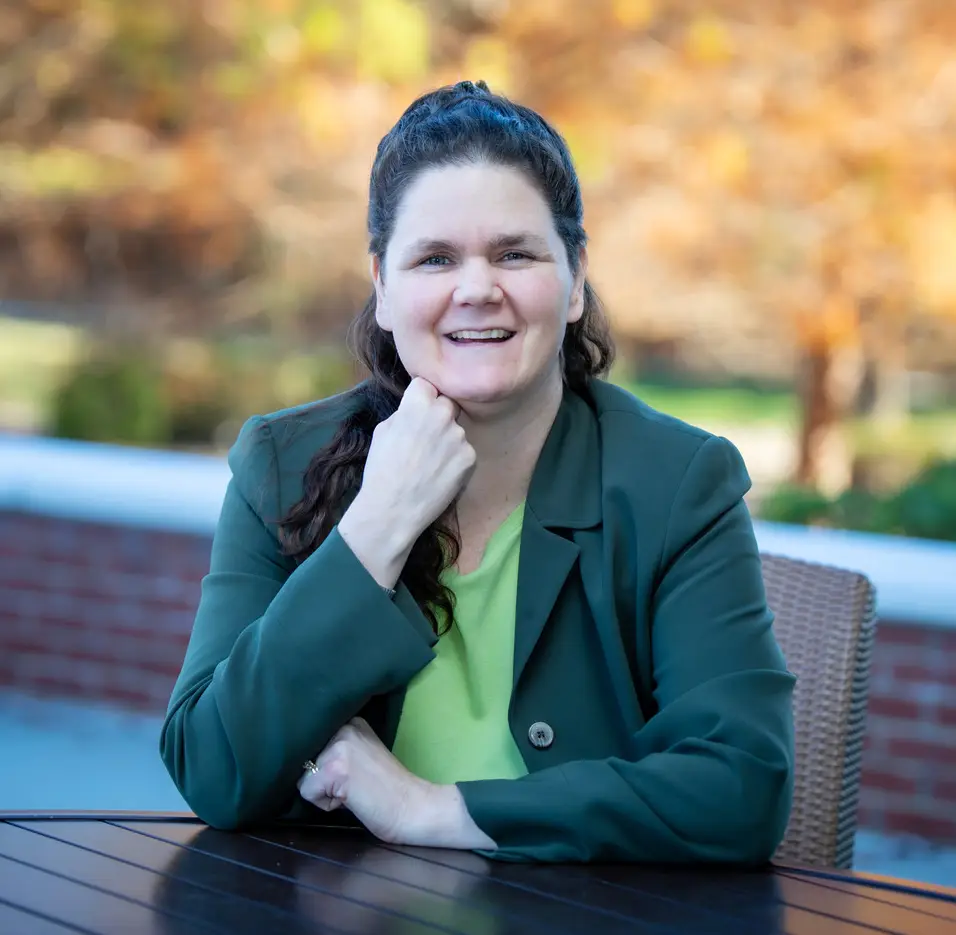
When Kristy Kistner had the opportunity to share a cherished childhood memory with her colleagues, it reignited curiosity and determination to connect with some long-lost friends. Watch both parts of her story to hear about her journey!
Hunger is a pressing issue in East Tennessee, where Second Harvest says one in six children face food insecurity. ORAU and neighboring organizations are stepping up during Hunger Action Month to raise awareness and provide crucial assistance to those in need.
ORAU believes education is the cornerstone of innovation and progress. As an organization deeply rooted in advancing science, health and education, we are committed to empowering the next generation of learners and leaders. One of the ways we fulfill this mission is by supporting local schools through education grants.
While broad national campaigns have been the default strategy for disseminating health info to large populations for decades, the rise of data-driven insights show that more personalized and localized approaches shift the paradigm.
Now that ORAU’s Museum of Radiation and Radioactivity is open to the public, you are invited to tour the collection. This blog introduces you to the museum curator and what’s in the collection!
Every summer, ORAU partners with the Appalachian Regional Commission (ARC) to host the Appalachian STEM Academy—an enriching, all-expenses paid residential STEM learning experience designed for students and teachers from the Appalachian region.
Nuclear energy is a carbon-free source. It’s abundant, reliable and efficient. So, why isn’t everyone on the nuclear energy train? This blog responds to the top 10 nuclear energy myths.
This blog explains how hot springs, radium water and radioactive quack cures intersect.
This blog explains how ORAU has been involved with educating the public about nuclear energy for decades (starting with “This Atomic World”) and how we’re involved in where the industry is headed in the future.
While the roots of artificial intelligence are deeply embedded in fields like computer science and engineering, its applications have significantly expanded over the years to now offer innovative opportunities for creative fields such as art, design and media.
You see an Earth Day recycling event, but ORAU sees its commitment to ISO 14001, ISO 9001 and the DOE-Voluntary Protection Program (VPP). In layman’s terms, that means ORAU is focused on stewardship, efficiency and safety.
How well do you know the Climate Reference Network? Our ATDD office manages these measurement stations. They travel across the country to many remote areas that are not influenced by human sprawl (things like asphalt impacting surface temperature and buildings impacting wind and rain).
ORAU senior health education specialist, Kristin Mattson, shares what we as individuals can do to combat loneliness in our own communities.
For the first time in its existence, the ORAU Museum of Radiation and Radioactivity is open to the public. See a behind-the-scenes video of the project bringing the collection to life!
Halls High School biology teacher wins ORAU’s $25,000 grand prize in Extreme Classroom Makeover competition.
ORAU’s education grants program is seeking applications right now from teachers in Anderson, Campbell, Morgan, Roane and Scott Counties in East Tennessee.
The CD V-757 was used for lectures and demonstrations educating audiences on the best materials to protect against radiation exposure.
An ORAU health physicist had an idea to standardize and simplify the complex steps and mathematics that go into preparing for a radiation survey because it would help countless health physicists who do the same kind of work.
The Atmospheric Turbulence & Diffusion Division (ATDD) is one of the oldest research laboratories within the National Oceanic and Atmospheric Administration (NOAA). ATDD is a division within NOAA’s Air Resources Laboratory (ARL). In supporting ARL, ATDD is part of ORAU’s scope of work.
We’ve already written about common household items that contain uranium on our blog, but uranium glass deserves its own post because it’s the most viewed item in ORAU’s online Museum of Radiation and Radioactivity. With so many page views, we decided to divulge more information about these products. Whether you’re generally curious, are looking for…
The oldest item in the ORAU Museum of Radiation and Radioactivity is actually prehistoric. Yes, there’s a radioactive dinosaur bone in our collection!
By the mid-1920s and into the 1930s, a rash of radium-related illnesses began to emerge including hundreds of instances of severe anemia, radiation poisoning, bone fractures and necrosis of the jaw, a condition that came to be known as “radium jaw.” The common denominator in these cases: the sick had worked as radium dial painters.
Toy trains were once used to move radioactive sources from one location to another to minimize human exposure to ionizing radiation.
Elizabeth Rona was a brilliant scientist, and she had the opportunity to work with other notable scientists because of the timing of her research interests in radioactivity, exceptional expertise in extracting polonium and her contributions to the understanding of radiochemistry.
Longtime ORAU employee hopes to inspire coworkers to volunteer as serving others has sparked passion and purpose in her life.
What’s the story behind this clunky medical tool? The size of the injection apparatus may catch your attention. It’s a far cry from what you’d see at a modern doctor’s office when you get a flu shot. That’s because this tool was not used for a routine vaccination. This was built to administer radiopharmaceuticals.
Why did ORAU build and donate a Van de Graaff generator to the American Museum of Science and Energy? The hair-raising history dates back to the Atoms for Peace program that was established after WWII
Dr. Marshall Brucer recognized the need for a more accurate and realistic way to measure radiation exposure in humans, so he created a manikin (sometimes called a “phantom”) that is about the size of a grown adult female, and it was filled with a material that simulates the density of human tissue.
Our company is called Oak Ridge Associated Universities (ORAU) because ORAU is a 501c3 nonprofit corporation and government contractor with access to a consortium of more than 160 member universities. University partnerships play a big role in what we do.
ORAU’s annual meeting brings together consortium members with ORAU employees, as well as some invited non-members from industry/adjacent partners and Oak Ridge leaders. The meeting also features keynote speakers and panelists, so there are a lot of subject matter experts in the room.
When it comes to national preparedness, ORAU works diligently with the federal government creating resources to equip communities for emergency response. One of those resources includes a CDC discussion guide series for emergency planners. Another project includes considerations for mental health.
Extreme Classroom Makeover is one of ORAU’s most recognizable programs in the East Tennessee community, but you may not have paused to think of what’s going on in the background of this annual competition. Go behind the scenes to get a glimpse of what it is and what goes into it
The fascination with all things nuclear started during World War II and continued for a couple decades. What fed into (and perpetuated) the craze? This blog offers four reasons nuclear science was at the forefront of pop culture throughout the 1950s and 60s
ORAU is not a school, so why do we have a classroom? Certainly, we can use the room as meeting space, but its design is intentionally a classroom. This space is equipped with some bells and whistles for K-12 programming that we offer students and teachers throughout the summer.
Born in Strigeau, Germany, Karl Hubner came to the United States—specifically, Oak Ridge—to learn as much as he could about nuclear medicine. It was rumored that doctors in Oak Ridge would soon be attempting bone marrow transplants. For a young doctor eager for hands-on experience, Hubner found an opportunity with ORINS.
ORAU expert explains what peer review is and how ORAU is involved in the process of ensuring research dollars are funded with the utmost integrity.
One of the eye-catching items in ORAU’s online Museum of Radiation and Radioactivity is a pair of atomic bomb test goggles. Yes, in our collection we house a pair of goggles that someone wore as the United States tested an early nuclear weapon.
ORAU is a government contractor that has been supporting the nation’s top priorities since 1946.
As a 501(c)(3) nonprofit corporation, ORAU’s mission is to advance national priorities and serve the public interest by integrating academic, government and scientific resources globally. We elevate science, technology, engineering and math because students who love STEM grow up to be the next generation of scientists and engineers.
ORAU put together a list highlighting some of our biggest impacts. It’s a list we’re very proud of, and it helps take the macro concept of what we do and puts it into perspective. Review this list to find out if you know how wide ORAU’s ripples reach.
The Nuke Buster is one of the incredible items in ORAU’s online Museum of Radiation and Radioactivity. It plugs into a car dashboard to electronically monitor radiation levels. How do hippies, communes and Nuke Busters intersect with ORAU? This blog explains.
In the ORAU Museum of Radiation and Radioactivity, you will find hundreds of items that chronicle the history and commercialization of radiation and radioactivity. The collection includes a lot of dosimeters: film dosimeters, pocket dosimeters, thermoluminescent dosimeters, you-name-it-we-probably-got-it-dosimeters! Take a look at what these gadgets do and how they’ve been used through the years.
In our museum’s collection, you will see a lot of different items that relate to fallout shelters because there was a period of time when the U.S. government grappled with the consequences of nuclear weapons and how citizens could respond if our enemies used the technology against us.
It’s a workplace Cinderella story. Evelyn Watson’s career journey is one that is fun to share, and it’s important to ORAU’s history. Watson was a self-taught nuclear scientist who retired with two Lifetime Achievement awards.
The History of ORAU is rooted in the years leading up to when it was established—specifically in the Manhattan Project, the top-secret program created to build the first atomic bombs during WWII. So, how did building nuclear weapons lead to the birth of ORAU? This blog explains.
Perhaps, what ORAU is most known for during our early years is our Medical Division. In the 24 years of operation, the Medical Division of ORAU advanced nuclear medicine and cancer treatment in seven tangible ways. This list includes the highlights from a couple dozen years of research and practice.
ORAU Chief Scientist Nazareth Gengozian blazed a new trail when he established a colony of South American marmosets for his research in 1961. He was developing a basic marrow transplant program to explore the feasibility of performing transplants in patients with cancers that begin in immune system cells or bone marrow.